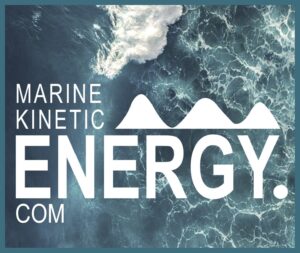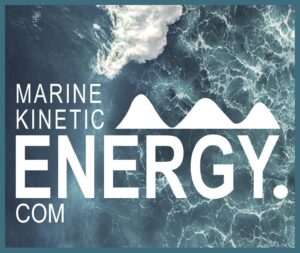Since childhood, we have known that more than 70% of the earth’s surface is water. And that water is present in the form of oceans, seas, rivers, lakes, streams, and waterfalls. However, oceans contain almost 96% of the earth’s water.
Learn About the Natural Movement of Water Around the World
The water present across the world is constantly moving from one place to another and in different forms. The two common terms associated with the wave power renewable energy are ‘tides’ and ‘waves.’ According to science, the rise and fall of water of the sea due to gravitational forces of the Sun, Earth, and Moon is called ‘tides’ While on the contrary, waves are rise and fall of water due to winds impacting on the ocean or sea surfaces.
The energy from the waves is transferred across the ocean basins, and the tides constantly ebb and flow every day. Another term you may have heard is ‘current,’ which implies the movement of water in one particular direction. The factors that determine or drive the ocean current are
• Earth’s rotation
• Heat or radiation from the sun
• Wind
• Gravitational force
All the factors are interconnected, as the sun’s radiation cause winds that push the water towards the land, such as hills, while gravity pulls the water from hills, and the earth’s rotation keeps the water in constant flow.
The continuous movement of water across the earth and its atmosphere is known as the ‘water cycle.’ The system includes many processes such as evaporation of water into water vapor, condensation of water vapor to form clouds, and precipitation from the clouds in the form of rain and snow.
Why Marine Energy the Best Renewable Energy Solution
Seawater is a form of renewable water source, as the naturally occurring water cycle help to replenish the water in oceans and seas. As seawater is mostly saltwater, its use for drinking or agricultural purpose is out of the question.
However, marine water can be used to generate energy. Since the last two decades, a good number of research has been done on energy sustainability and renewability. The emphasis is on converting the seawater or using the power of waves to generate renewable electricity. Of all the forms of water present on earth, only ocean water is found abundantly and is unlikely to run out.
The world we live in is already seeing significant energy crises all over the world. The unusual rise in temperatures in the spring and summer months and sudden dip in winter temperatures have caused the massive need for reliable energy sources.
Do you know that a single wave could enable the electric car to drive hundreds of miles?
The oceans and the seas pack immense energy, and this stored energy in moving water is called ‘kinetic energy’. The technology to harness the marine kinetic energy from the motion of ocean water is known as ‘Wave Energy Converters (WEC).’
Almost 50% of the US population lives along the coastline, and the use of marine kinetic energy can help fulfill the exponential energy demand for households, workplaces, factories, and industries.
The tides and waves occur naturally along the US coastline and pack enough energy to fulfill all the electricity needs of the urban cities. Another reason why marine kinetic energy is said to be the future is that it is clean, reliable, and renewable.
The wind causes the movement of the waves, which transforms into energy, and the WEC converts this energy into electricity and adds to the grid station. The initial focus was the installation of stations along the coastal belt, but many researchers believe that the maximum wave energy is possible through deep water power plants, San Diego. However, there are various logistical issues to deal with before installing a system out in the middle of the sea.
The methods mostly use the energy from the natural movement of the ocean. Some of the methods that are developed to convert marine energy into practical energy sources are
• Tidal power
• Hydraulic floaters
• Energy generation from currents
The rapid advancements in technology is helping in the design and development of a more energy-efficient and sustainable energy system.
The WEC devices consist of various parts that move like the ocean water moves, and that movement captures and generates electricity. One such component is ‘Buoy,’ which floats on the sea and moves according to the movement of waves. The buoys are further integrated and connected with a cylinder that drives a piston that powers the generator and converts the motion of water into electricity.
Apart from the buoys, there are heavy-duty turbines that can also be used to harness the energy from ocean currents. The turbines have large blades that easily turn due to the enormous force of the currents. The turbine spins quickly, and it is attached to an electricity-generating device that produces electricity due to the rotation of the turbine’s blades.
The ocean current moves in one direction constantly with a particular flow, speed, and packed with significant kinetic energy. The electricity produced by turbines or buoys can be transported to the coastal location with the help of underwater electrical cables. However, developing, installing, and maintaining marine and hydrokinetic energy systems is a big ask due to the rough and unpredictable nature of the seas and ocean.
Bottom Line
The world desperately needs to explore and use the natural alternative of renewable energy resources, and marine energy is the best answer. The abundance of ocean water means that it could even fulfill the world’s energy demand apart from the country. Ocean water is available and constantly moving and will not run out, unlike fossil fuels and other energy resources.
Marine Kinetic Energy is making big strides in designing and installing sustainable power plants. The focus is on clean and renewable energy that not only meets the energy demand but also results in zero emissions.

